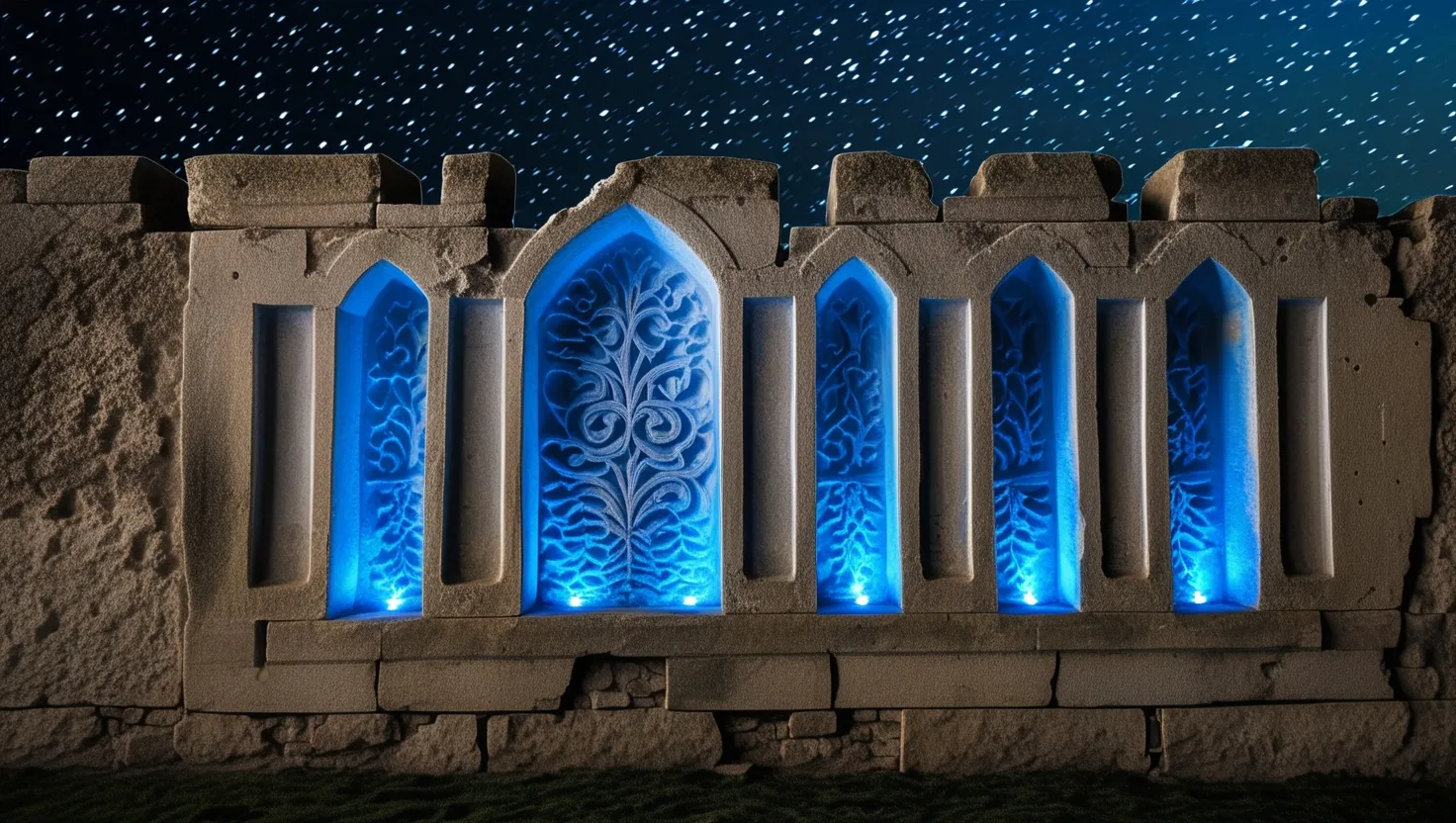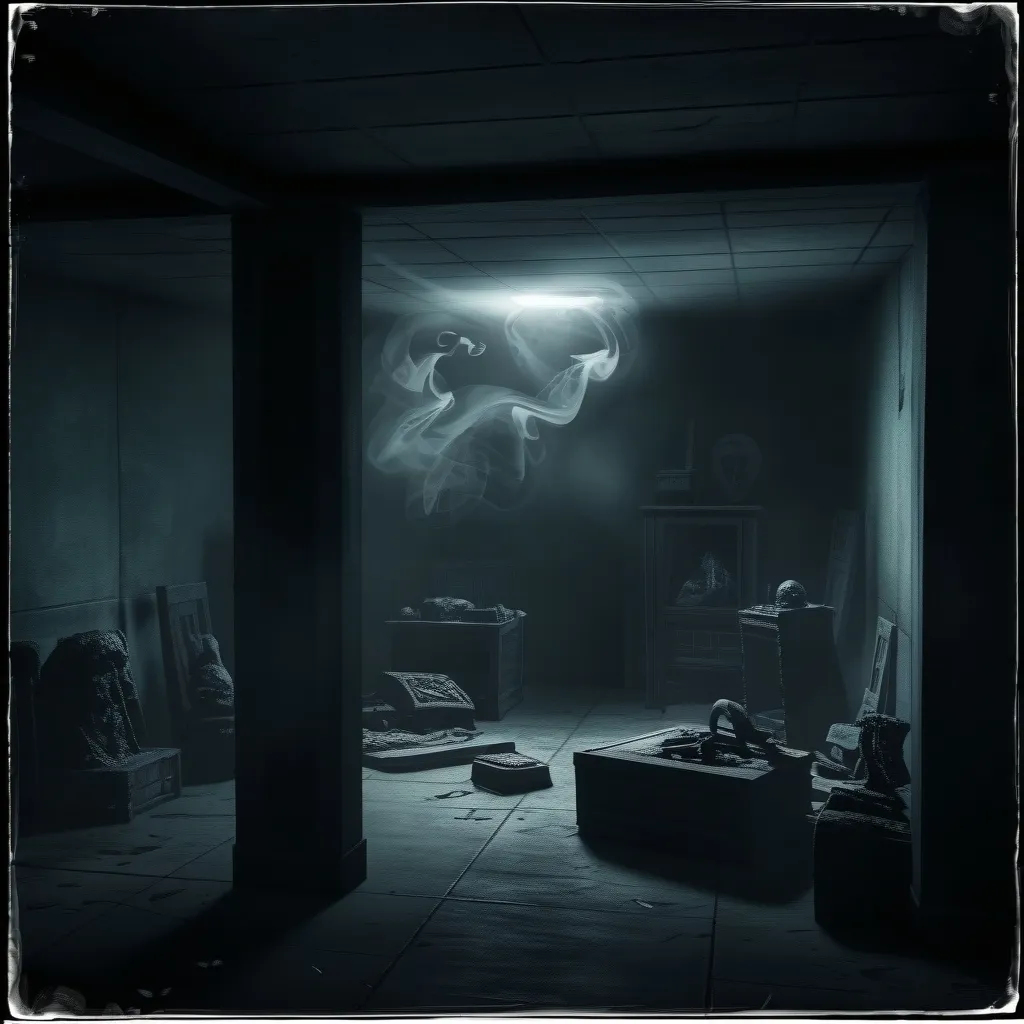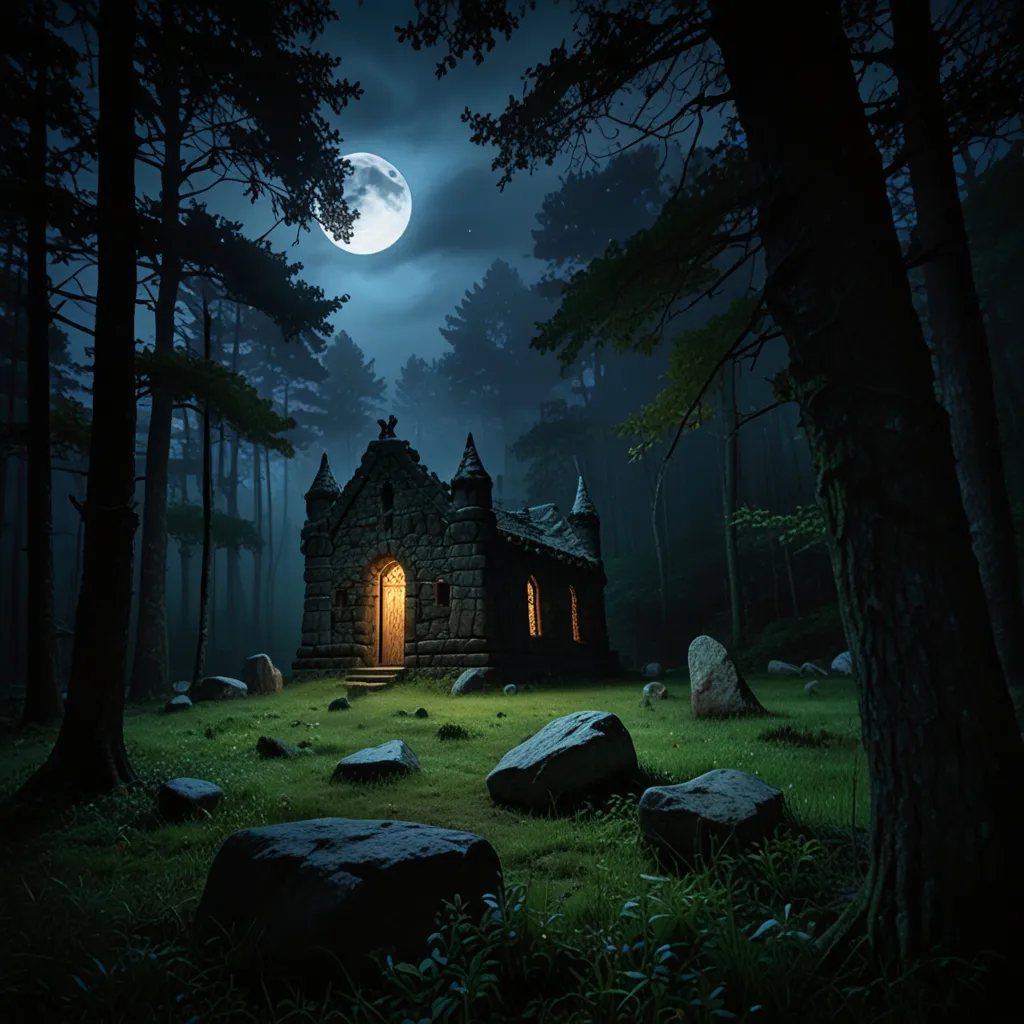As we stand before the ancient rock carvings that dot our planet, it’s hard not to wonder if there’s more to these petroglyphs than meets the eye. For centuries, these stone etchings have been viewed as primitive art or religious symbols, but what if they hold a secret that could revolutionize our understanding of data storage and our connection to the past?
Imagine a world where these ancient carvings are not just static images, but dynamic databases encoded with quantum information. This idea might sound like the stuff of science fiction, but it’s an intriguing concept that some researchers are beginning to explore. The theory suggests that these petroglyphs could be storing vast amounts of information, perhaps even from our ancestors or, more provocatively, from extraterrestrial visitors.
To delve into this idea, we need to understand the principles of quantum data storage. In the realm of quantum computing, data is stored in quantum states, which can exist in multiple states simultaneously – a phenomenon known as superposition. This allows for an exponential increase in data storage capacity compared to classical computing. However, quantum data is fragile and prone to decoherence, meaning it loses its quantum properties when exposed to the environment.
Researchers at institutions like CERN and Intel are working on developing quantum databases that can store and manipulate quantum states efficiently. These databases use quantum memory, which is the quantum-mechanical version of ordinary computer memory, to store information without the data collapsing upon measurement. If we apply this concept to ancient petroglyphs, it’s possible to hypothesize that these carvings could be designed to resonate at specific frequencies, allowing them to preserve and transmit data over millennia.
The idea that petroglyphs could be quantum-encoded databases raises several questions. How could our ancestors, or any other civilization, have possessed the knowledge to create such advanced data storage systems? And what kind of information could these carvings possibly hold? The similarities in symbols found worldwide could be more than just a coincidence; they might be part of a universal language or code.
One of the most compelling aspects of this theory is the possibility that these stone carvings could be more than just passive storage devices. They could be active transmitters of information, resonating at frequencies that allow them to communicate with other similar sites across the globe. This concept is not entirely far-fetched when you consider the work being done in quantum communication and cryptography. Researchers are currently exploring materials like ytterbium, which can store and protect quantum information even at high frequencies, making it an ideal candidate for future quantum networks.
If we were to “read” these stone-age hard drives, what kind of information might we uncover? Could we discover forgotten wisdom or advanced scientific concepts hidden in plain sight? The potential is staggering. Imagine uncovering the secrets of ancient civilizations that were far more advanced than we currently believe. This could challenge our entire understanding of human history and the development of science and technology.
However, this theory also raises a multitude of challenges. How would we even begin to decode these petroglyphs if they are indeed quantum-encoded? The technology to read and interpret quantum data is still in its infancy, and applying it to ancient rock carvings would be a monumental task. Moreover, the environmental factors that have affected these sites over thousands of years could have degraded any potential quantum information, making it impossible to retrieve.
Despite these challenges, the allure of this idea is undeniable. It speaks to a deeper connection between our past and our present, suggesting that the knowledge of our ancestors might be more accessible than we ever imagined. It also highlights the importance of interdisciplinary research, where archaeologists, physicists, and cryptographers come together to unravel the secrets of the past.
As we continue to explore this mind-bending possibility, we are forced to question everything we thought we knew about archaeology, information storage, and our connection to the past. Those old rocks might indeed have more to say than we ever imagined, and it’s up to us to listen.
In the end, whether or not petroglyphs are quantum-encoded databases remains a speculative idea, but it’s one that inspires us to think outside the box and consider the extraordinary potential hidden in the ordinary. As we stand at the threshold of a new era in quantum technology, it’s exciting to think that the ancient stones we’ve long regarded as mere relics might hold the key to unlocking new frontiers in data storage and human understanding.






